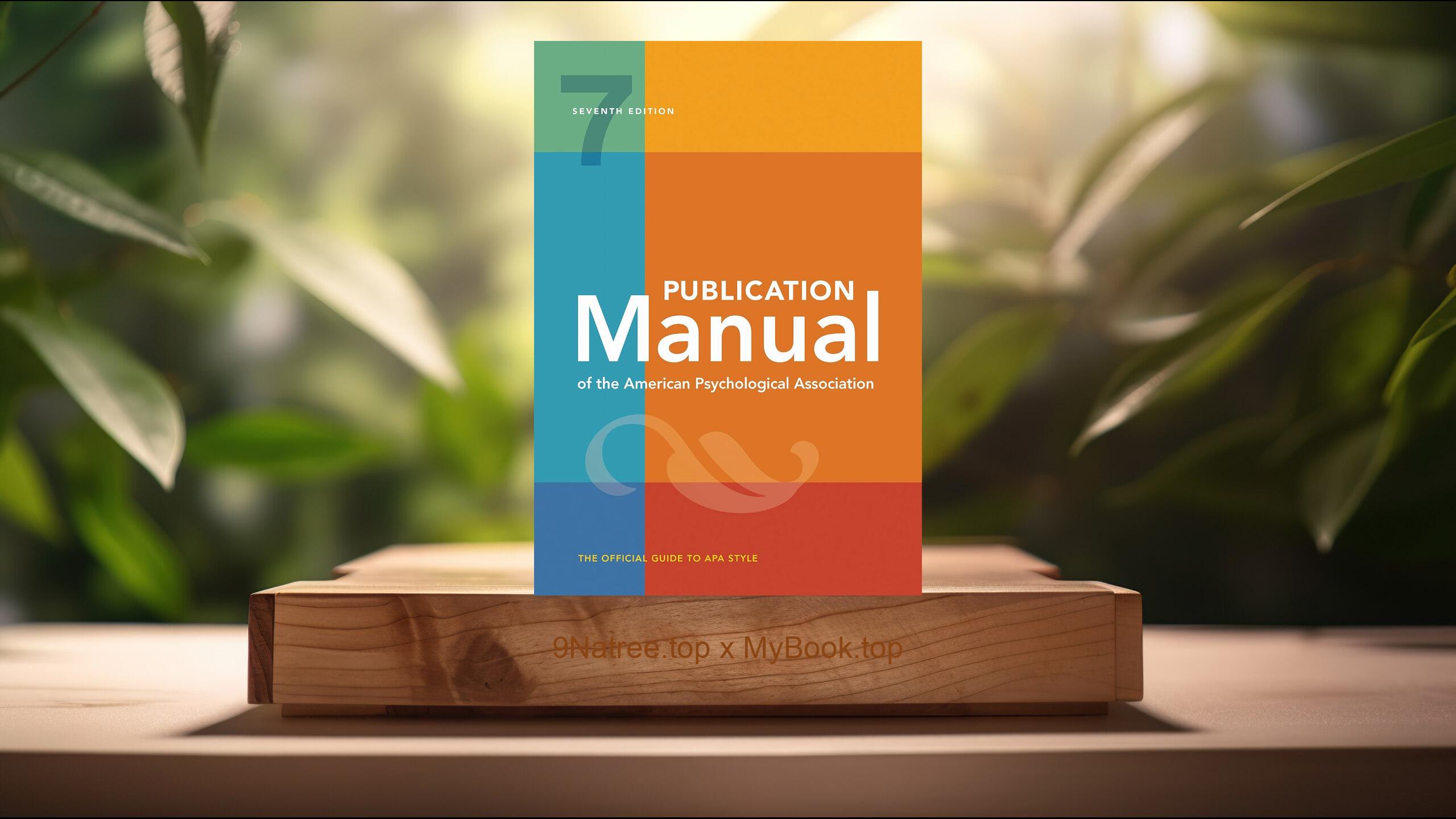Show Notes
- Amazon US Store: https://www.amazon.com/dp/B0052Z3M8A?tag=9natree-20
- Amazon Worldwide Store: https://global.buys.trade/The-Anatomy-of-Story-22-Steps-to-Becoming-a-Master-Storyteller-John-Truby.html
- eBay: https://www.ebay.com/sch/i.html?_nkw=The+Anatomy+of+Story+22+Steps+to+Becoming+a+Master+Storyteller+John+Truby+&mkcid=1&mkrid=711-53200-19255-0&siteid=0&campid=5339060787&customid=9natree&toolid=10001&mkevt=1
- Read more: https://mybook.top/read/B0052Z3M8A/
#Storytelling #Scriptwriting #Characterdevelopment #Narrativestructure #Thematicdepth #JohnTruby #TheAnatomyofStory #Creativewriting #TheAnatomyofStory
These are takeaways from this book.
Firstly, Premise: The Foundation of Story, The premise is essentially the seed from which your story grows; it is the foundational idea that underpins everything else. In 'The Anatomy of Story,' Truby emphasizes the importance of developing a strong, unique premise as the first step in crafting a narrative. A well-conceived premise sets the stage for the characters, plot, and the emotional journey the audience will undertake. Truby suggests that a good premise should not only be interesting but also have the potential to unfold into a complex and rich story. This includes identifying potential conflicts, setting up the stakes, and understanding the transformation that the characters—and through them, the audience—will undergo. The premise acts as a guiding light, keeping the narrative focused and cohesive as it develops.
Secondly, Character: The Heart of the Story, John Truby positions character development at the core of storytelling. Unlike traditional methods that treat characters as separate from the plot, Truby's approach is to integrate character and plot as one. This means that every action, every scene, and every piece of dialogue is an opportunity to reveal character and advance the plot simultaneously. Characters should be designed with depth, possessing desires, needs, and weaknesses that are deeply interwoven with the story's overall arc. Truby introduces the concept of the 'character web,' a tool for understanding how each character’s objectives and transformations are interconnected, affecting the story's outcome. This interconnectedness ensures that characters evolve in a way that is meaningful and impacts the narrative's trajectory, making stories more engaging and emotionally resonant.
Thirdly, Plot: Crafting the Narrative Spine, Plot, as described by John Truby in 'The Anatomy of Story,' is more than just a sequence of events; it's the narrative spine that holds the story together. Truby outlines a structured approach to plot development that contrasts with the more commonly known three-act structure. His view encapsulates plot as a dynamic, organic process emanating from the characters' desires and the obstacles they face. The plot is meticulously planned through a series of steps that advance the story and reveal character. Each plot point serves a strategic purpose, propelling the narrative forward while deepening the audience's connection to the characters. This section of the book provides writers with tools to construct a compelling plot that maintains tension, builds suspense, and delivers a satisfying resolution, echoing the narrative's thematic concerns.
Fourthly, Theme: The Story’s Soul, The theme is often regarded as one of the most challenging aspects of storytelling to execute well. John Truby demystifies this by presenting the theme as the story’s soul, integral to its very being. Rather than being tacked on, the theme should emerge naturally from the plot and character development, guiding every aspect of the storytelling process. A well-articulated theme enriches the story, providing layers of meaning that resonate with audiences on a deeper level. Truby provides strategies for writers to explore their themes in depth, encouraging them to consider the moral implications of their narrative decisions and how these choices reflect on the characters and their journeys. This exploration of theme not only adds depth to the narrative but also encourages readers to reflect on the broader implications of the story in the real world.
Lastly, Moral Argument: The Story’s Ethical Stance, A standout feature of 'The Anatomy of Story' is its emphasis on the moral argument, which Truby defines as the story's ethical stance. This aspect distinguishes a story by imbuing it with a sense of purpose and direction. The moral argument is closely tied to the theme, but it goes further by actively engaging the characters (and through them, the audience) in a debate over values. This engagement is crucial for the characters’ development, as they often face moral dilemmas that force them to confront their beliefs and change in significant ways. Truby posits that the most compelling stories are those that challenge characters and audiences alike to consider their values and the impact of their choices. By weaving a moral argument into the fabric of the story, writers can elevate their narrative from merely entertaining to deeply transformative.
![[Review] The Anatomy of Story: 22 Steps to Becoming a Master Storyteller (John Truby) Summarized](https://episodes.castos.com/660078c6833215-59505987/images/1793191/c1a-085k3-rk025xdqb2z-uju1zr.jpg)




